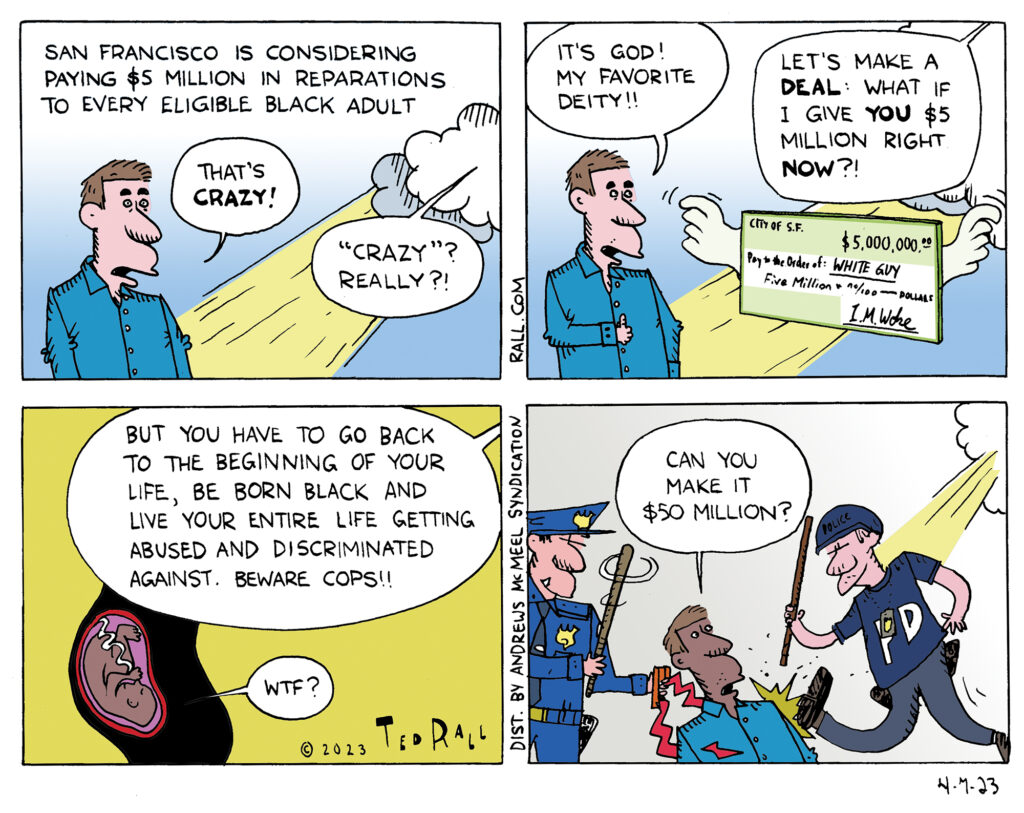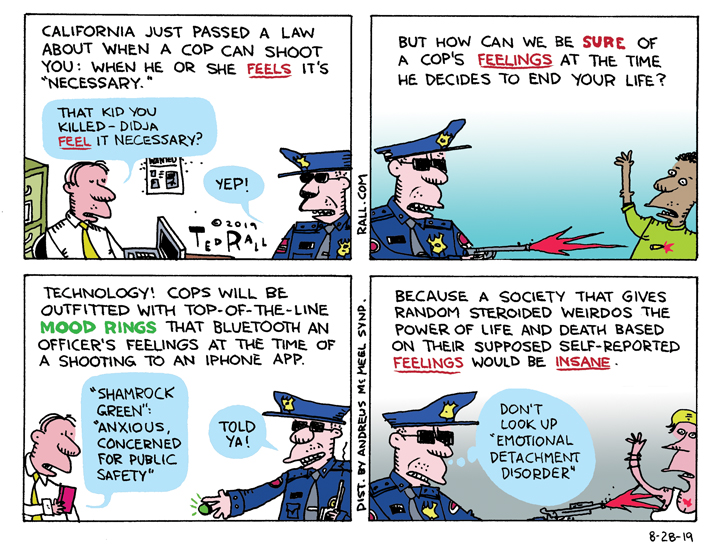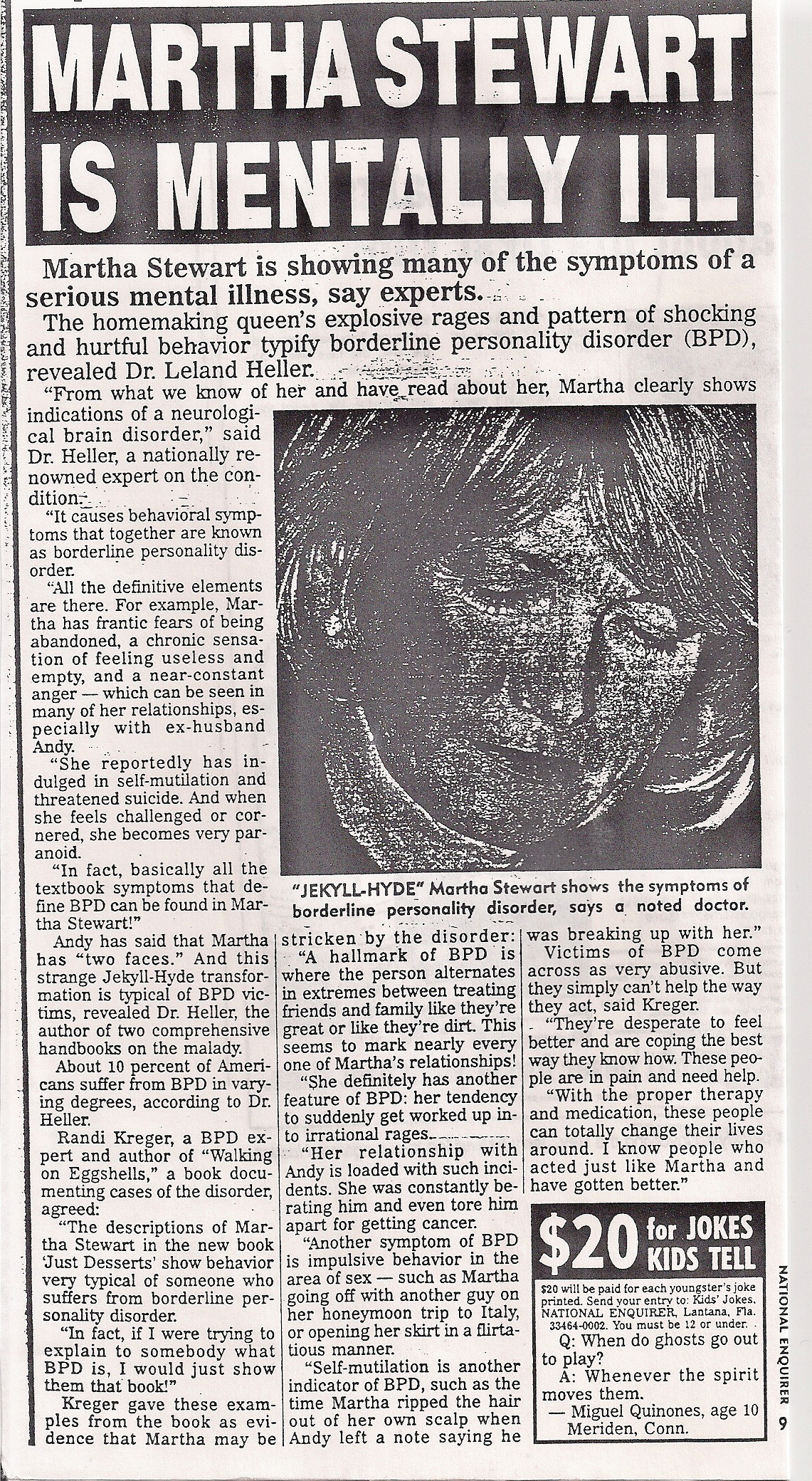Like many Americans, TMI Show co-hosts Ted Rall and Manila Chan have deep ties to Los Angeles. Manila grew up in metro LA and still considers herself a Californian. Ted was a talk show host at KFI AM 640 Los Angeles and the staff cartoonist at the Los Angeles Times. Join Manila and Ted as they discuss the long-term repercussions of the wildfires that continue to scorch the nation’s biggest city.
As the drought continues and the climate continues to change in a place that never had many water resources to begin with, can we adapt, or is it time to consider forcible population shifts away from California? Should the federal government assist Californians who lose multi-million dollar homes but can’t get insurance? How do we define a tipping point after which a place is no longer suitable for human habitation?
We are joined by Dr. Reese Halter, a conservation biologist and the author, most recently, of the book “Generation Z Emergency.”






